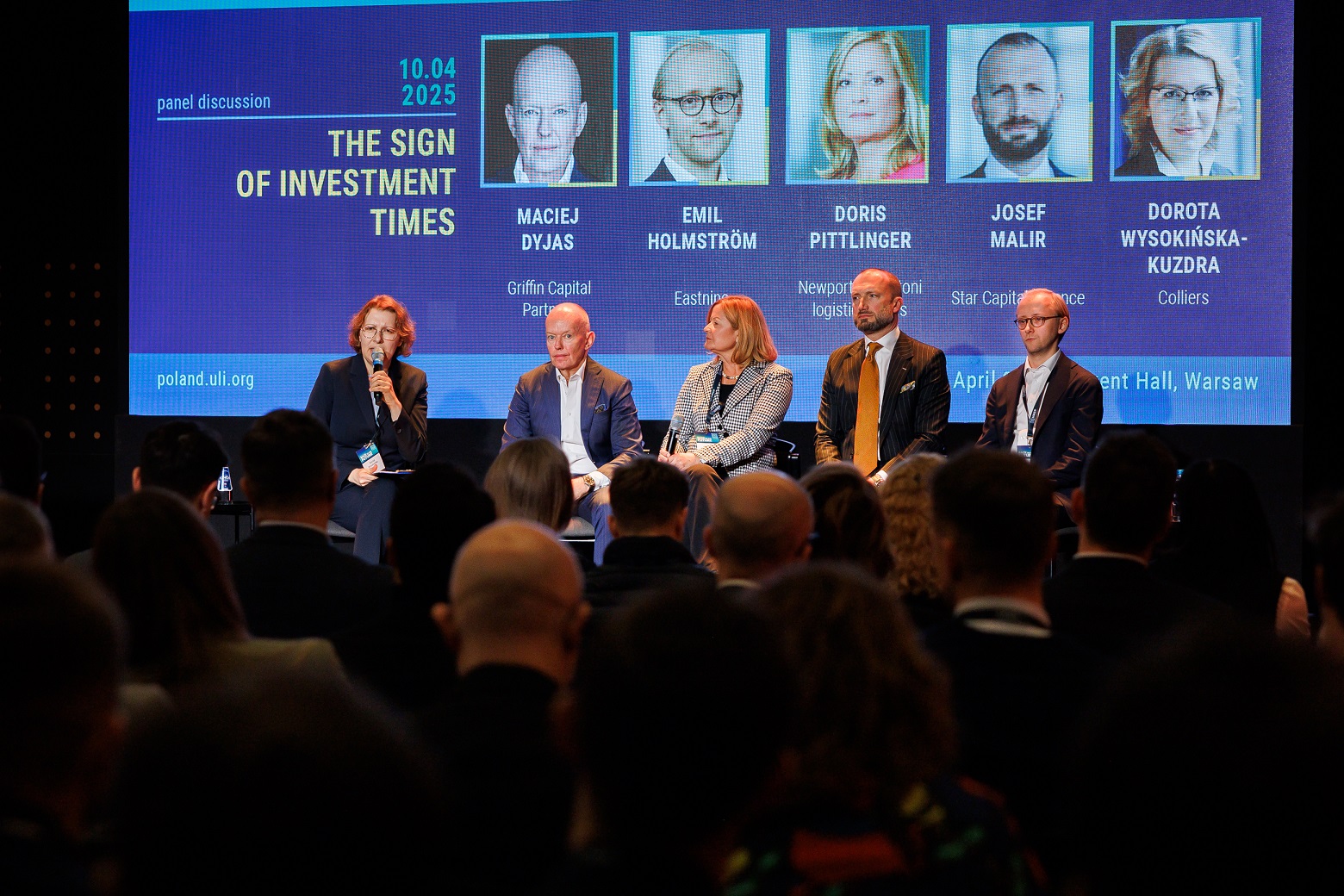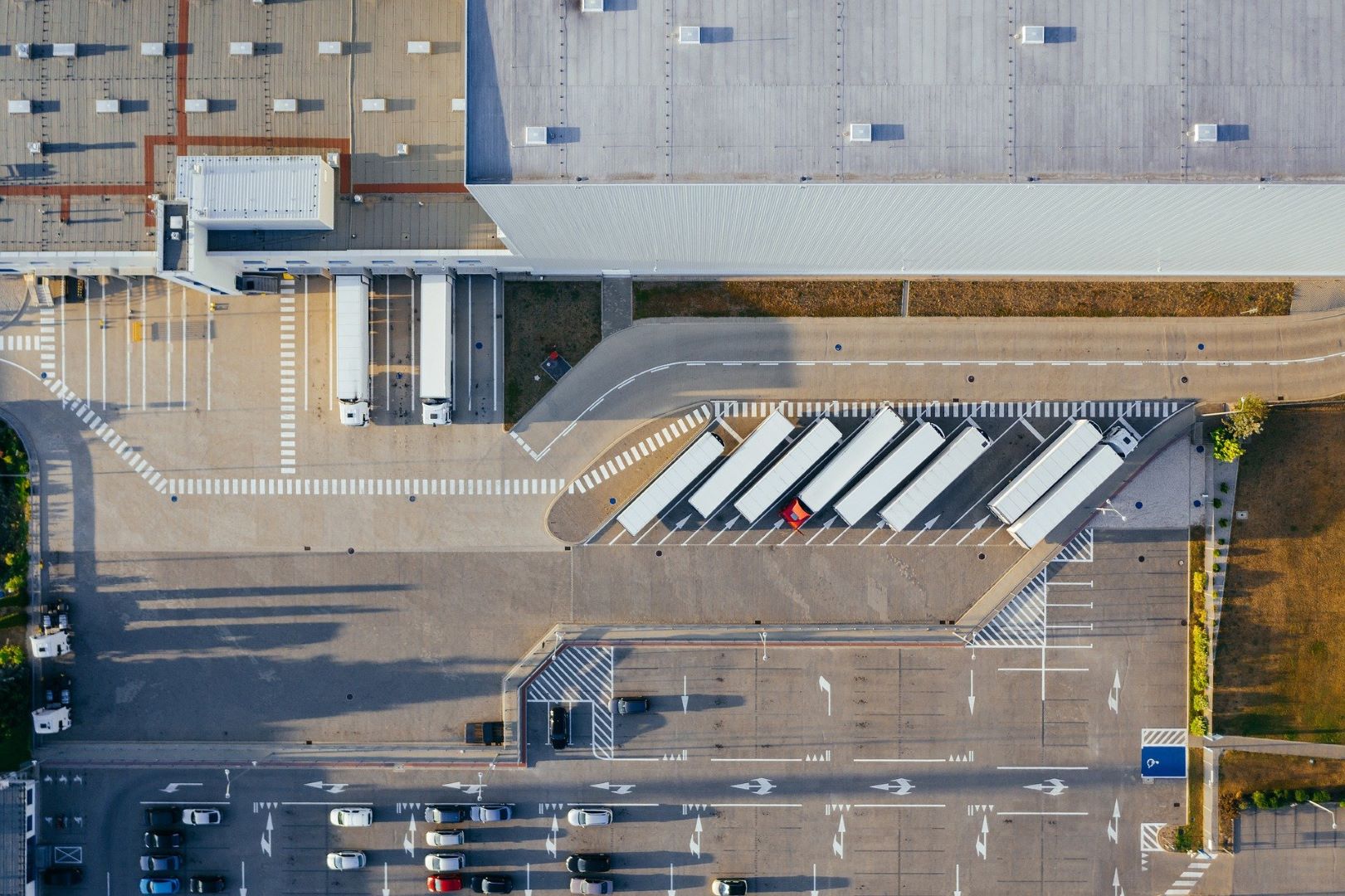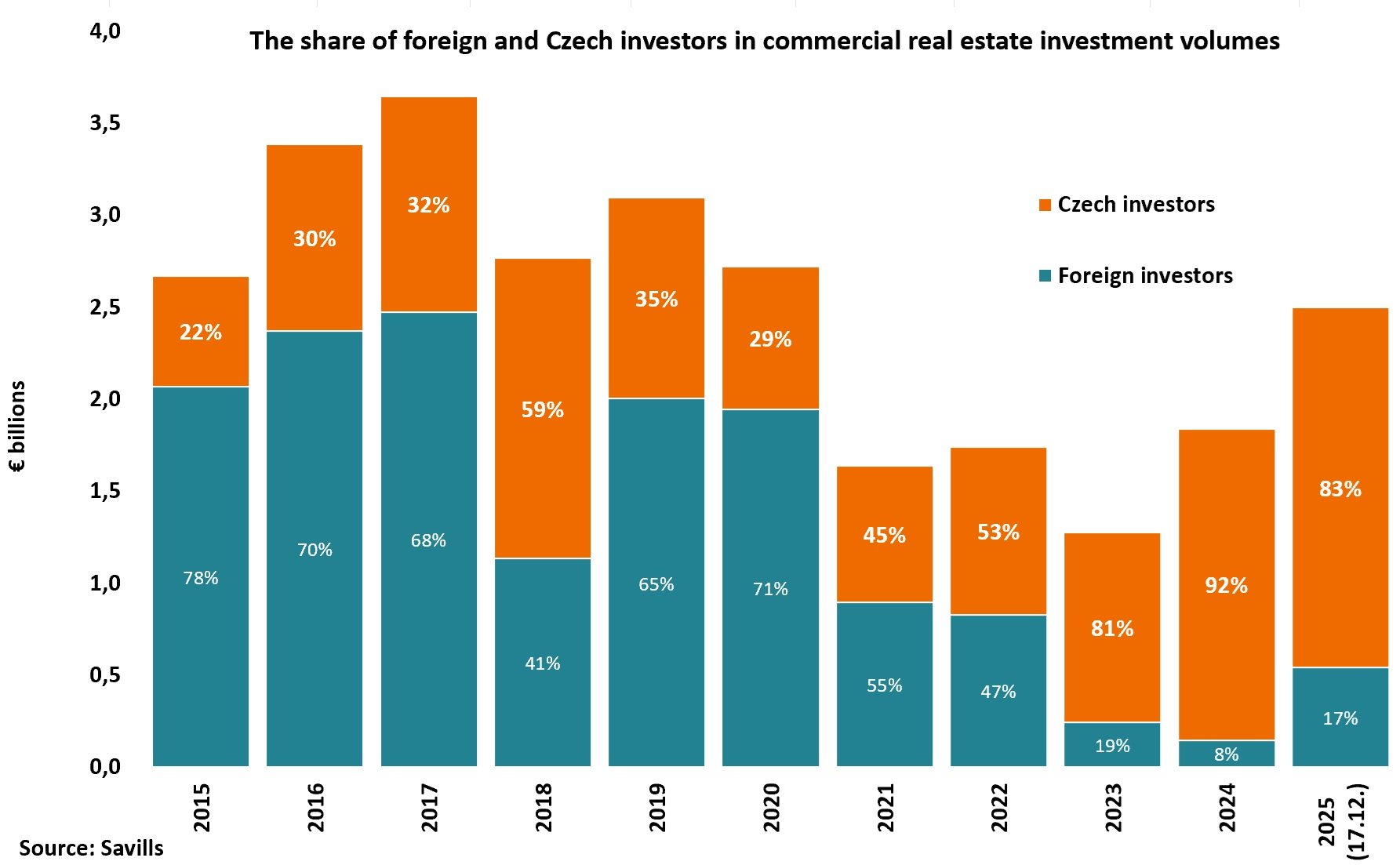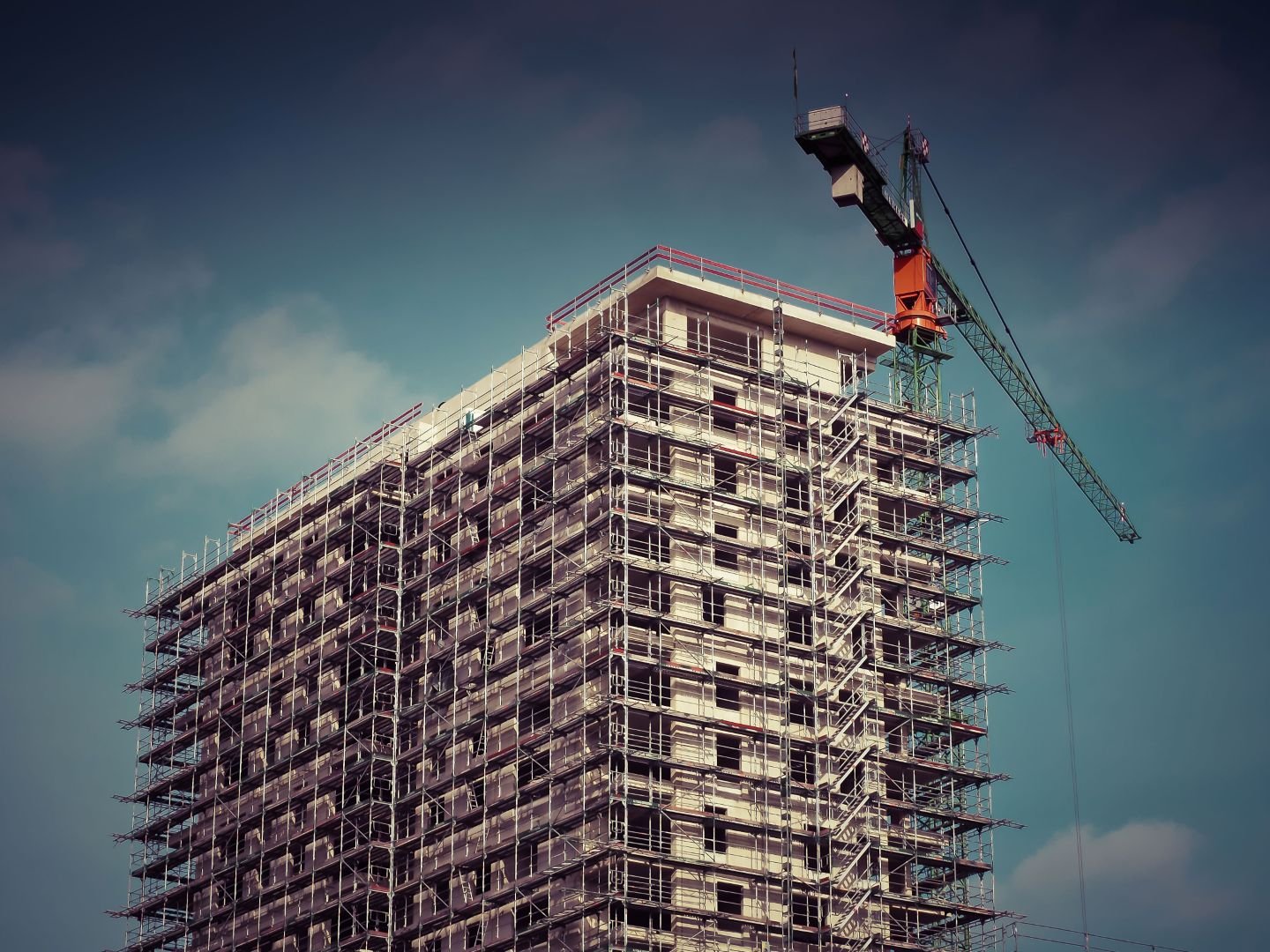Poland is emerging as one of the most dynamic markets in Europe, not only in terms of economic growth, but also in terms of investment attractiveness. This is the picture that emerges from the ULI conference ‘Poland 2025 Back to the Future’, which brought together leading representatives of the real estate sector, analysts and investors from at home and abroad. During the event, it was repeatedly emphasised that Poland has not only made up the distance to the West, but is also beginning to overtake it in many dimensions and is becoming one of the more important investment markets.
Prof. Marcin Piątkowski, economist at Kozminski University and advisor to the World Bank, presented a diagnosis in his opening speech that may surprise many: Poland has been the fastest-growing economy in Europe over the past 35 years.
“Since 1989, Poland’s national income per capita has risen by 250 per cent, compared to 50 per cent in Germany. In the same period, Poland overtook all the Asian tigers, and the only countries that developed faster were China and Vietnam, which were much poorer at the time,” said Prof. Marcin Piatkowski.
Time for a golden age?
Even more surprising are the forecasts for the future. As Prof. Piątkowski pointed out, according to International Monetary Fund estimates, as early as 2026, Poland, in terms of purchasing power parity, will become an economy richer than Japan and Spain [referring to GDP per capita]. Over the next ten years, income per head is expected to reach the level of Italy and the UK. This means that Poland will enter the group of the fifteen richest countries in the world, and according to Prof. Piatkowski, if it maintains its current trajectory, it can aspirationally aim even higher. In 2025. Poland is likely to reach the symbolic threshold of a trillion dollars of nominal GDP, which puts it in the top 20 economies in the world. Within a decade, Polish GDP could grow by another 40-50 per cent. “If this isn’t Poland’s golden age, I don’t know what is,” Prof. Piatkowski commented and added:
“With an average annual growth rate of 3-4 per cent, which is significantly higher than projections for Germany or France, by 2035, Poland may transform from a country catching up with the West into its new leader,” believes Prof. Marcin Piątkowski.
The professor also stressed that Poland needs a strategic vision for development and large investments will be needed in infrastructure, energy, digitalisation, science and talent attraction. Poland is still a relatively under-invested country, he noted, with capital per employee three times lower than in the eurozone (this refers to the value of fixed assets such as machinery, technology and infrastructure that support daily work and increase productivity). Despite this, Poland has managed to achieve 83 per cent of the UK’s average income.
“With such an engine, we managed to see the tail lights of a German Audi. What will happen when we swap it for a turbocharged model?” asked Professor Piatkowski rhetorically.
Real estate investors about Poland
Grzegorz Sielewicz, chief economist and head of CEE market analysis at Colliers, noted that Poland remains the region’s ‘growth champion’ – forecasting 3.5 per cent GDP growth in 2025 and pointing to the importance of the inflow of EU funds and growing public investment.
“In 2024, we saw a rebound in private consumption, and in 2025, we will see the effect of unlocking funds from the NIP. This will be a strong investment boost,” Sielewicz pointed out.
A change in the attitude of foreign investors towards Poland is also attracting the attention of experts.
“I would like to share one insight from MIPIM 2025. For the first time, a foreign investor himself approached me and said: “You guys have great economic growth. You have strong data. We should do something together. This is new to me. And I’m not talking about a regional investor – those have understood Poland’s potential for a long time. I am talking about a really big foreign player. This shows that the perception of Poland is changing, and this is a very positive signal,” said Dorota Wysokińska-Kuzdra, Senior Partner and Head of Corporate Finance & Living Services for the CEE region at Colliers.
Maciej Dyjas, Co-Owner and Managing Partner at Griffin Capital Partners, is, however, a little more reserved.
“At least in the last two months, investors don’t think it’s a good time to invest in anything, anywhere. They are strongly confused by the macroeconomic situation. They are wondering: to invest in the US or Europe? As a result, they adopt the attitude: “we’ll wait and see” – and they don’t invest anywhere. And we as Poland, although we are performing well, are no exception. It will still take some time before global capital starts to come back into play. Added to this is the huge problem of trillions of dollars’ worth of unsold assets. This, in turn, affects reinvestment opportunities. Poland compares well with other countries, but for now, this is not enough to make quick investment decisions. I think that for the next two quarters, the ‘wait and see’ approach will continue to prevail,” predicts Maciej Dyjas.
A slightly different perspective was presented by Josef Malir, Managing Director at Star Capital Finance from the Czech Republic, who sees a growing role for regional capital in filling possible investment gaps.
“If Western capital hesitates, Central European investors will fill this space. We believe in Poland and the Czech Republic and have the means to invest independently,” he said.
Polish real estate can also count on capital from the north. Emil Holmström, Chief Investment Officer at Eastnine, clearly identified Poland as one of the key markets for his company.
“Poland already accounts for more than 50 per cent of our portfolio. We are building a long-term business here and we want to be a strong local owner and operator”, he asserted. He recalled that Eastnine debuted on the Polish market a few years ago and recently acquired the Warsaw Unit office tower from Ghelamco. “This is our first step in Warsaw, but not the last. We see a large, stable demand for modern office space here,” emphasised Holmström. In his opinion, Poland stands out not only in terms of the quality of available assets, but also in terms of predictability and transparency – features that are crucial from the perspective of an institutional investor.
Doris Pittlinger, advisor to the Newport/Panattoni logistics funds, also spoke with appreciation of Poland’s economic success, but equally emphasised that the country still fails to present itself adequately on the international stage
“Poland needs better PR. You have real reasons to be proud – great macroeconomic data, strong growth, stable fundamentals – but you need to learn to show it to the world. Europe as a whole lacks strong leaders today. Poland could take that place,” she argued.
Pittlinger also spoke candidly about how investors from Western Europe perceive the countries of the region, and that this perception often does not keep up with reality. In her view, many institutional funds still look at the region through the prism of stereotypes from a decade ago. Meanwhile, Poland today is a very different country – digital, open, with a very professional property market. Pittlinger also noted that Poland could attract more money not only as a ‘cheaper’ market, but as a strategic market, key in supply chains, green transformation and urban transformation. To achieve this, however, there needs to be a proactive narrative that gets ahead of investors’ questions.
Challenges for Poland and investors
While Poland is attracting the attention of investors, new challenges are emerging for both the real estate market in our country and for investors themselves. These are the issues of energy transition, adaptation of existing buildings, digitalisation of workspace and the role of cities in the decarbonisation process. Experts pointed out that the value of real estate will increasingly depend not only on location, but on how future-ready the assets are – energetically, technologically and socially. The concept of Net Zero, i.e. climate neutrality, understood as the reduction of greenhouse gas emissions to an absolute minimum and their compensation through appropriate technical solutions, has a special place
“Net Zero creates value – it’s not just an expense, but more importantly, an investment that generates savings and increases returns in the long term,” emphasised Brad Dockser, CEO and Co-Founder of Green Generation.
Experts also point out that the greatest potential for value growth may lie not in new buildings, but in the skilful transformation of those already built.
“Eighty per cent of the buildings that will be operational in 20 years already exist today. This means that the game is up for their modernisation – not only in terms of aesthetics, but also in terms of functionality, energy consumption and adaptation to the changing needs of users,” noted Łukasz Platkowski, Managing Director at Gensler Germany.
Not just green energy
It is also impossible to ignore the increasingly strategic importance of the energy sector in the context of investment decisions. Talking about energy in real estate is no longer just a question of operating costs or carbon footprint – it is an element of competitive advantage and a condition for long-term asset sustainability. Experts at the ULI Poland conference emphasised the role of both the transformation towards RES and a balanced energy mix that also takes into account the role of conventional sources, nuclear power and hybrid systems. They highlighted the dynamic links between the real estate sector and energy infrastructure, especially in the context of data centres, energy storage, local off-grid ecosystems or autonomous power sources
“In the new layout of the real estate market, access to green, stable energy will have the same impact on the value of an asset as location or the standard of finish,” noted Tomasz Mrowczyk, Co-Managing Partner at Griffin Capital Partners.
In turn, Tomoho Umeda, founder of Hynfra, pointed out that the future of the energy system lies in local and flexible solutions that work closer to the end consumer. “We need to decentralise the system. The future is locally balanced energy subsystems – independent, resilient, based on specific offtake and offtake contracts,” he argues. According to Umeda, it is developers who can play a key role in this transformation, as they have experience in project construction, deal structure and site acquisition. “Real estate developers can play an important role here – the same competencies that enable large-scale developments will increasingly be needed in the energy sector as well,” he said.
Energy is no longer a backdrop to property investment – it is becoming an integral part of it and a driver of real value creation. This shifts the focus from ‘if’ to ‘how’ – how to design, finance and manage assets that will be competitive not only today, but also in a world of low-carbon economy and high geopolitical uncertainty. The common denominator of the experts’ statements was the need to look at the real estate market more broadly – no longer just as an investment space, but as part of a larger system: urban, environmental and energy. For investors, this means one thing: to remain competitive, they must consider not only the rate of return but also the long-term resilience of their assets.
Flexible urban adaptation
In a rapidly changing environment, it becomes crucial to build infrastructure and spaces that are flexible, adaptable and digitally managed.
“Our vision for cities must be based on the flexibility of design solutions that can respond dynamically to rapid climate and social change. Integrating modern digital tools such as digital twins and intelligent monitoring systems not only optimises operating costs but also continuously adapts the functioning of buildings. This is an investment that enhances the user experience and significantly increases the value of assets in the long term,” said Signe Kongebro, Global Director, Future Resilient Design at Rambøll. “Today’s cities need to evolve towards sustainable, decentralised systems, where infrastructure and services are designed with a rapidly changing environment in mind. A flexible approach to urban planning, combined with digital transformation, provides the foundation for resilient investment. Investors who take these factors into account will gain a competitive advantage by creating spaces that foster modern working models and improve the quality of life for residents,” adds Signe Kongebro.
This vision of cities is not only the future of urban planning, but also the direction in which investment strategy is increasingly moving. More and more investors are recognising that the value of assets will depend not only on location or rates of return, but also on their ability to adapt in a changing world.
“Just a decade ago, Poland was a country that was merely trying to attract the attention of global investors. Today, we are not only present on their radars – we are becoming a reference point, an example of dynamic development and stability. This is a great success, but at the same time, a commitment. Our next step should be to invest in the quality of buildings, spaces, relationships with cities and residents, and in resilience to the challenges facing our assets in the future, as these will determine whether this success will be sustainable,” said Marcin Juszczyk, President of ULI Poland.
The ULI Poland 2025 ‘Back to the Future’ conference brought together over 200 real estate market leaders, investors, urban planners and analysts from Poland and abroad on 9-10 April 2025 in Warsaw. The programme included debates on investment, the future of cities, sustainable development, energy, the adaptation of buildings and Poland’s role in the European and global investment chain. The event confirmed the growing importance of Poland as a market with strategic potential, not only for regional but also for global capital.







